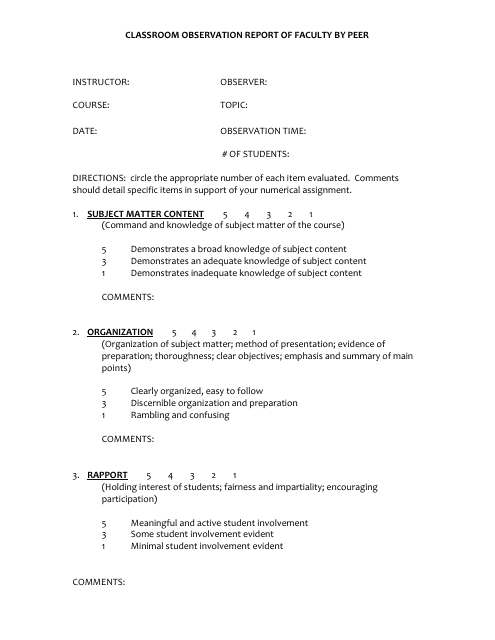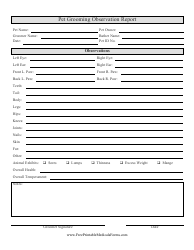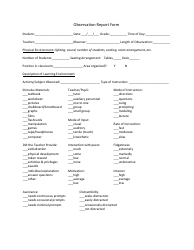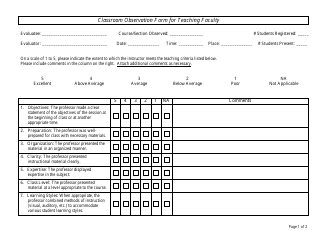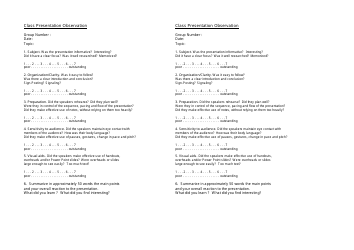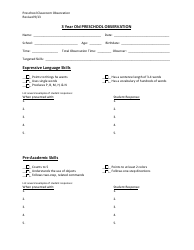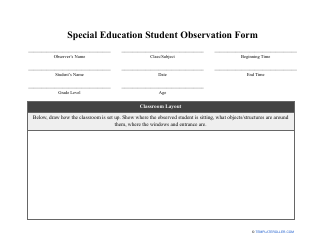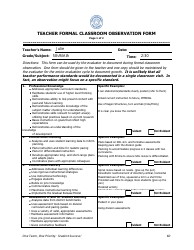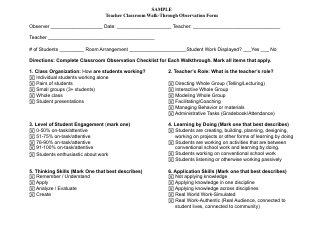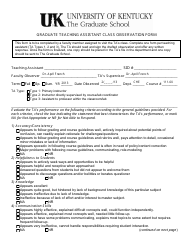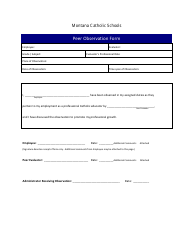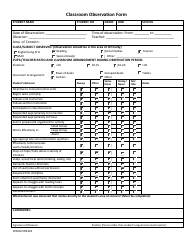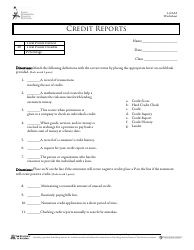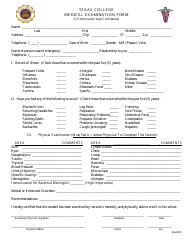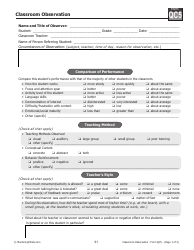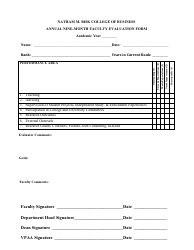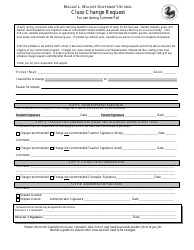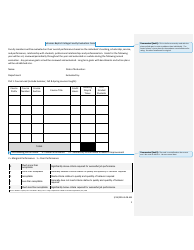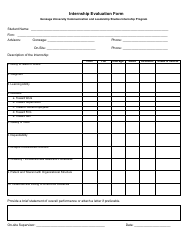Classroom Observation Report of Faculty by Peer
The Classroom Observation Report of Faculty by Peer is conducted to assess the teaching performance and effectiveness of faculty members. It provides feedback on the teaching practices, classroom management, student engagement, and overall instructional quality of the teacher being observed. The report aims to promote professional development and improve teaching methods within educational institutions.
In the US, the Classroom Observation Report of Faculty by Peer is typically filed by the person who conducts the observation, which is usually another faculty member or a peer evaluator.
FAQ
Q: What is a classroom observation report?
A: A classroom observation report is a document that evaluates the teaching performance of a faculty member by a peer.
Q: Why are classroom observation reports conducted?
A: Classroom observation reports are conducted to assess the effectiveness of teaching methods and provide constructive feedback for improvement.
Q: Who conducts the classroom observation?
A: The classroom observation is conducted by a peer, typically another faculty member or an experienced educator.
Q: What is the purpose of peer observation?
A: Peer observation helps to ensure quality teaching standards are maintained, fosters professional development, and promotes a culture of continuous improvement.
Q: What aspects of teaching are typically evaluated in a classroom observation?
A: In a classroom observation, various aspects of teaching are evaluated, including lesson planning, instructional delivery, student engagement, classroom management, and assessment strategies.
Q: What does the classroom observation report include?
A: The classroom observation report includes observations and feedback on the faculty member's teaching methods, strengths, areas for improvement, and recommendations for professional growth.
Q: How is the confidentiality of the classroom observation report maintained?
A: The confidentiality of the classroom observation report is typically maintained by sharing the report only with the faculty member being observed and relevant supervisors or administrators.
Q: Can a faculty member's job be at risk based on the classroom observation report?
A: While a classroom observation report can identify areas for improvement, it is usually not the sole basis for employment decisions. The purpose is to support professional growth and development.
Q: What happens after a classroom observation report?
A: After a classroom observation report, the faculty member and the observer usually have a follow-up meeting to discuss the report findings, address any concerns, and create an action plan for improvement.
Q: Are classroom observation reports mandatory for faculty members?
A: The requirement for classroom observation reports may vary among educational institutions. Some institutions have mandatory observation programs, while others may offer them as optional professional development opportunities.
